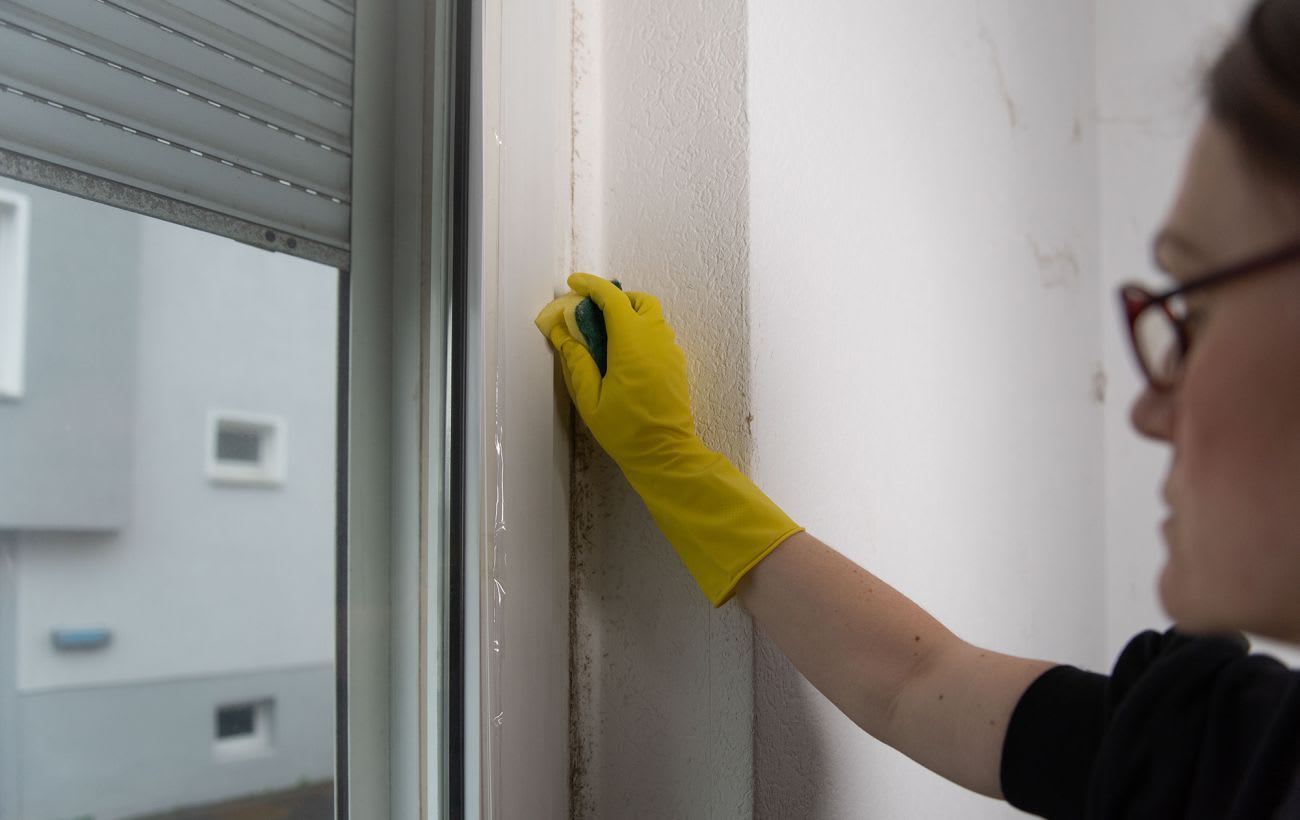
INVISIBLE ALLERGEN: DERMATOLOGIST ON WHAT POSES HEALTH RISK AT HOME
A serious allergen might be floating in the air, completely invisible to the eye. We’re talking about mold spores, which can pose a health risk, according to dermatologist and allergist Olena Mozyrska.
How mold spreads
According to the doctor, mold spreads through spores that are usually invisible to the naked eye. They are only a few microns in size and can easily be carried through the air.
Mold spores require a relative humidity above 65%, temperatures between 10-32°C, and organic material in which they can grow. When the spore germinates, it produces hyphae or branches.
Mold can be colorless or take on white, gray, brown, black, yellow, or green hues. As mold grows, it often releases a “musty” odor, which is a result of volatile organic compounds being emitted.
"The highest concentration of mold spores in outdoor air occurs in Northern Europe from June to October and in Southern Europe from May to August. So right now, we're at the peak," the report says.
Allergy symptoms
Allergies manifest as sneezing, itchy eyes and nose, and nasal congestion. Moreover, an allergy to outdoor mold (Alternaria) can lead to asthma.
In general, there are specific types of mold that most commonly cause allergies: Alternaria alternata, Cladosporium herbarum, Aspergillus fumigatus, and Penicillium chrysogenum.
The most harmful fungus to health is Aspergillus (Aspergillus fumigatus). It can settle in the lungs of people with severely weakened immune systems, making treatment extremely difficult later. This is also known as household mold.
How to detect mold
Mold grows in areas with excessive moisture, water drainage issues, and where water accumulates.
Indoors, mold can be brought in on clothing, and shoes, carried in by pets, or blown in through ventilation.
Spores can survive on wood, paper, carpets, soil, plants, fabrics, and other surfaces.
The nose is the main tool to detect mold. Often, you can smell it even when you can’t see it yet. If you notice the smell, it’s important to thoroughly inspect the room: mold might appear as a change in surface color. Pay attention to walls, floors, and ventilation openings.
How to fight mold
Reduce the relative humidity indoors to around 50%. Fix any water leaks.
Clean washable surfaces with detergent and water, then let them dry completely. Disinfectants or biocides, such as a diluted bleach solution (e.g., 10%), may be necessary.
Remove contaminated carpets, wallpaper, and wooden items. If large surfaces are affected, it’s essential to contact a professional service for help.
2024-08-21T15:52:33Z dg43tfdfdgfd